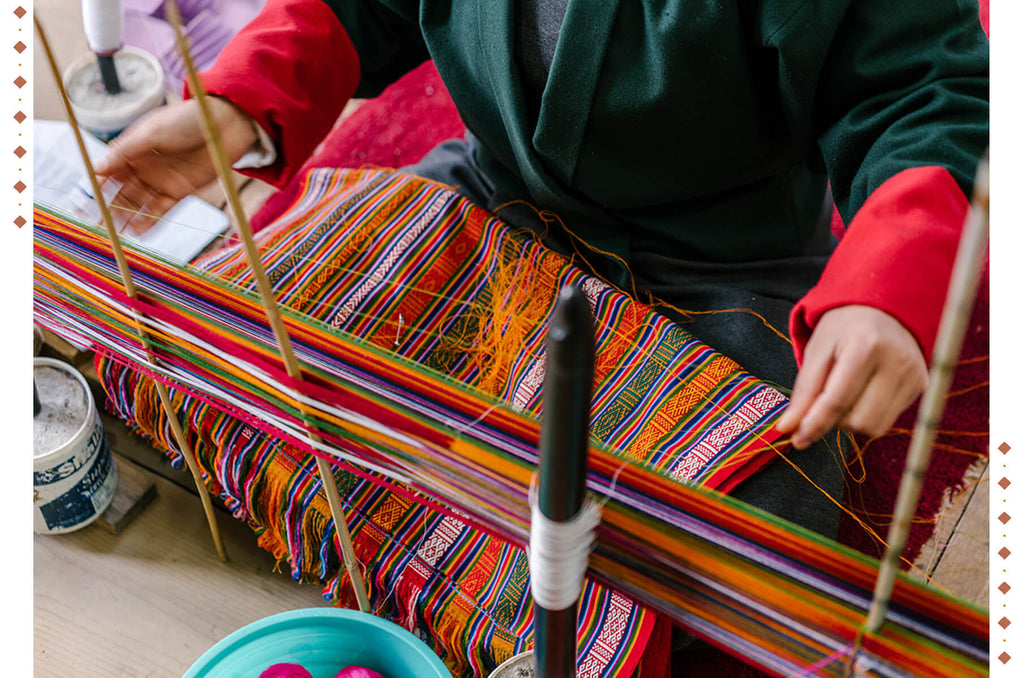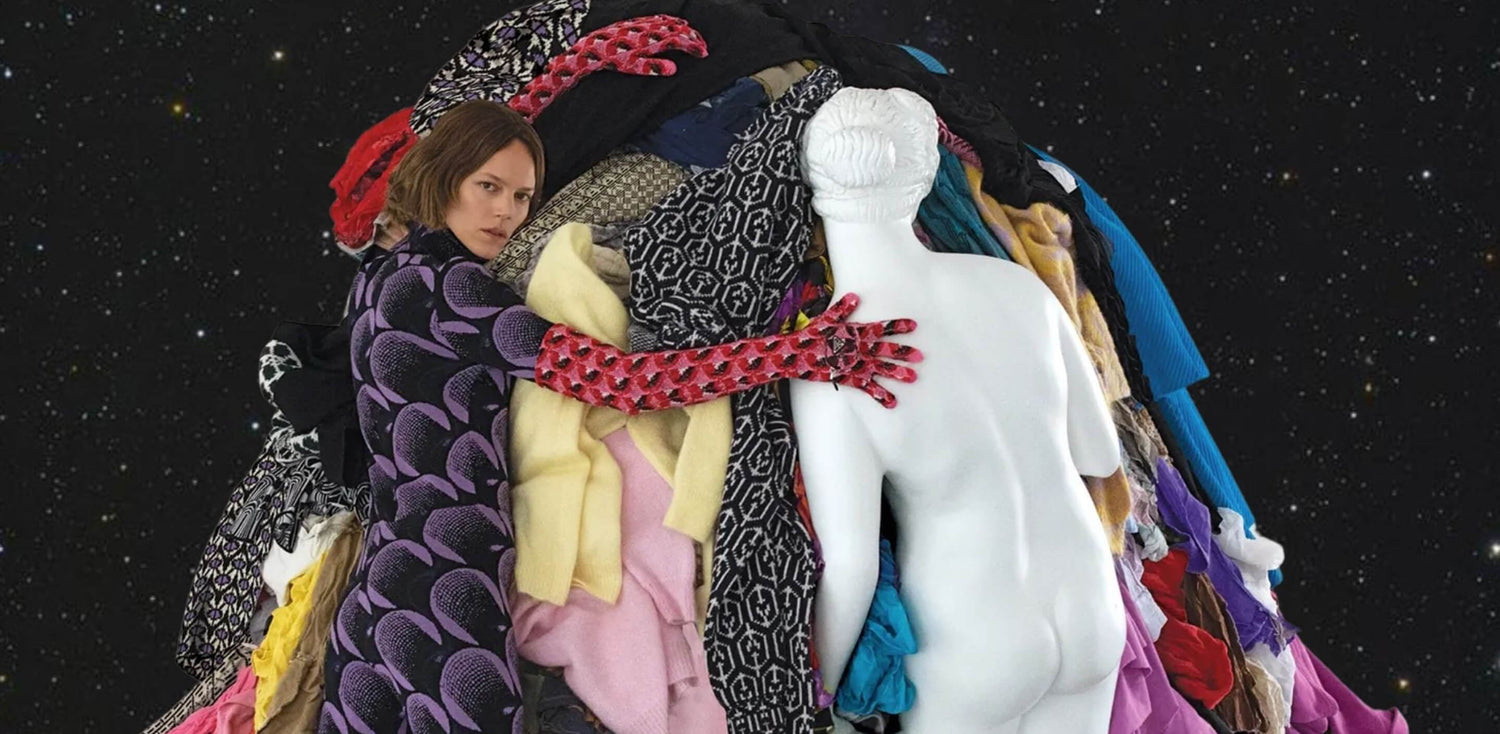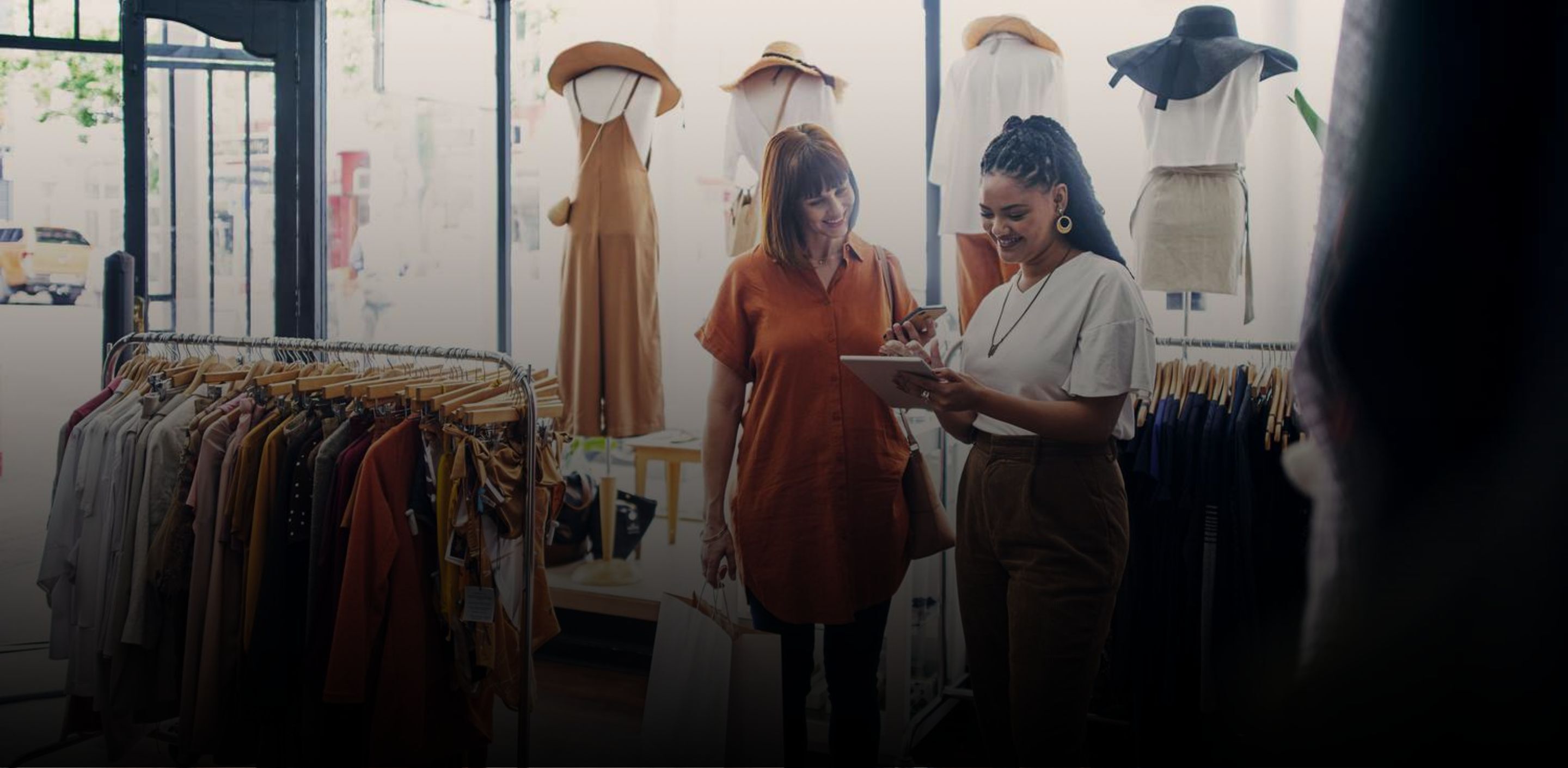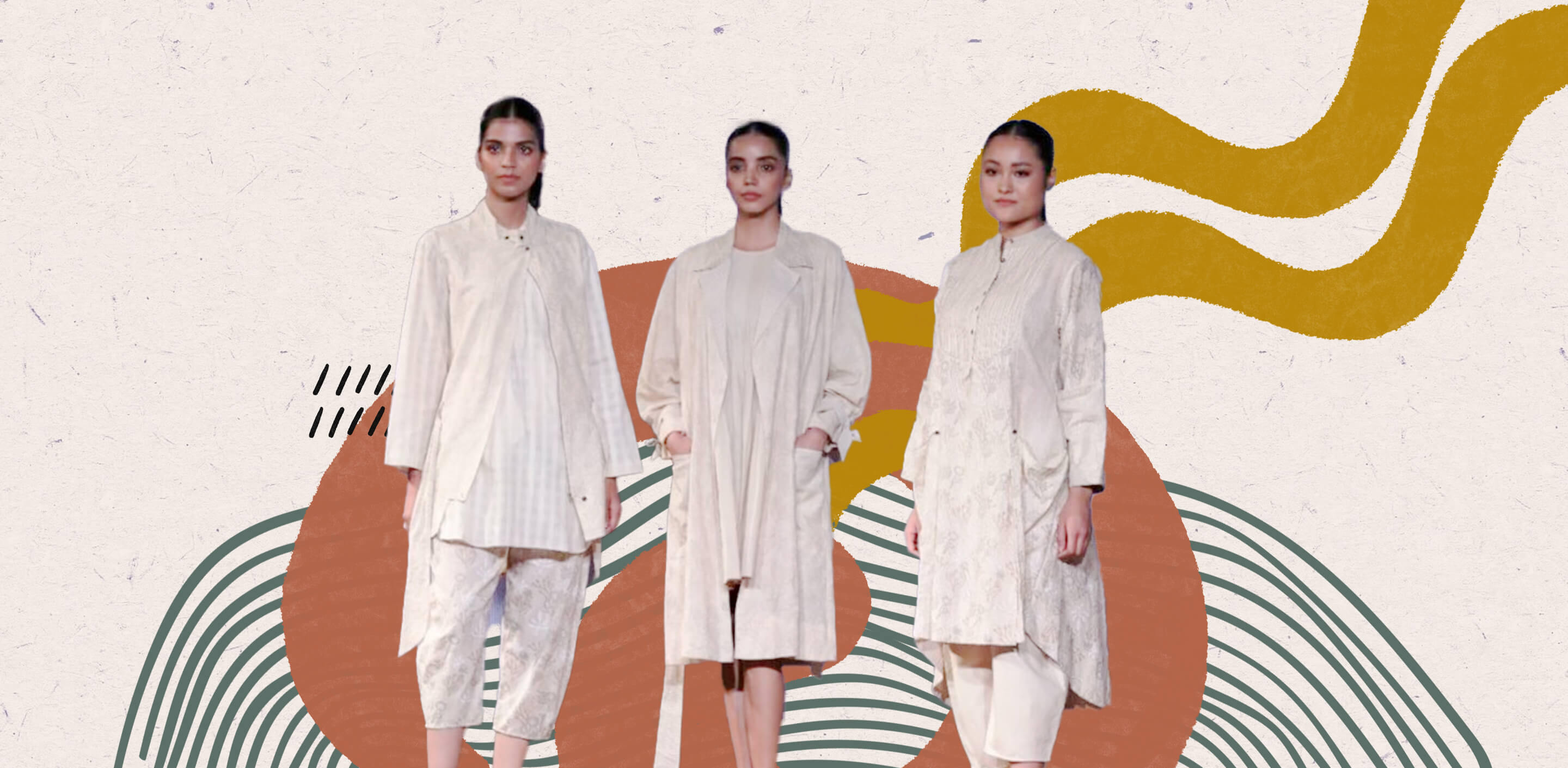Presently, numerous industries across the globe have been turning up their operations toward sustainability.
The fashion industry has contributed a considerable number of efforts in order to reduce wastage, energy usage, and the trend of fast fashion. However, with the increasing concerns towards the world authority related to the daily generated wastage, the requirement for sustainable clothing is grave.
Sustainable fashion is both ethical fashion as well as environmentally sensitive as it efficiently helps the use of present resources without compromising the demand of future generations.
From sourcing fabric to production to selling the material, the entire process is streamlined in a way that the carbon footprint is decreased.
Handloom is a kind of sustainable textile weaving that does not require any electric machinery. The origin can be traced back to the Indus Valley Civilization. As the handloom fabrics are woven by hand, the craftsman is required to be quite gentle with the fabric as it makes the cloth long-lasting.
Sustainability and the Art of Weaving

It is said that handlooms have always been used in eco-friendly techniques to make sustainable clothing. The looms used to weave the fabric are mostly related to the location as well as the raw material utilized. For instance, the softwood strands are used to construct the looms that produce Pashmina and Kani shawls. The spindles used for this process are also rather lightweight. The uniqueness of handlooms lies in the fact that the techniques and tools used to make them are passed down from one generation to the next and are thus immune to changes in climate.
While there is room for expansion in terms of exploring the raw material diversity, it is already clear that each option results in a product that is not only unique but also bridges the gap between nature and the consumer, thereby meeting the need for minimal environmental impact. Sustainable resources are utilized in all stages of production, from raw materials to processing and treatment. Vegetables, plants, and minerals have been utilized for generations to create natural colors.
Sustainable Fashion Around the World

Sustainability and ethics in the fashion business refer to practices in fabric sourcing, manufacturing, and design that reduce negative effects on the environment without sacrificing social or economic advantages. There is a lot of conceptual overlap between the two concepts, and both are vital to the development of sustainable fashion in the future.
Future Hope for Handloom

Although fast fashion dominates the industry, consumers are growing interested in environmentally friendly clothing due to its durability. All of the raw materials are sourced in an organic and moral manner, marking a significant stride toward eco-friendly design. Therefore, the process generates specialty employment in rural places, and trash is kept to a minimum. These characteristics make the handloom business particularly sustainable and environmentally conscious among the fashion industry's many other sectors.
As the need to constantly upgrade one's wardrobe persists, so does the shift in how consumers value the sentimental significance of their existing collection of things. Therefore, the primary goal of most forms of promotion and marketing is profit maximization rather than the development of intrinsic qualities.
It's possible that telling the stories of the people who made handlooms may influence the opinions of potential consumers. The tales behind some of these creations are just as lovely as the finished products. This is why the revival of this industry is so important in place of mass-produced commodities.
Advances in the Handloom Sector

The goal of creating the National Handloom Development Program (NHDP) was to approach the handloom industry from several angles. Weavers and artisans all throughout the nation benefit from this program.
The program's goal is to help weavers and handloom organizations advertise their products to consumers via direct marketing channels. As part of the e-commerce plan to provide weavers and artisans with a direct marketing platform, twenty-one well-known eCommerce organizations have been engaged to advertise handloom goods online.
Campaigns, openness to e-marketing, and partnerships with stores throughout the world are just a few examples of what we mean by "initiatives."
Epilogue

Understanding what constitutes genuinely sustainable and ethical fashion is more important than ever, but that doesn't mean it's simple to get there. Sustainable fashion should be the standard, not the exception. Decisions to shop sustainably are individual ones. Nonetheless, for a while now, several designers have been making eco-friendly clothing at affordable costs.
Fabriclore is the best place for designers to get raw materials and sustainable production. They are responsible for the whole production cycle, from raw materials procurement to final product distribution.
Simple order placement, daily production updates, manufacturer contact, and production cost payment are all possible on the site for designers and artists. Everything is done with the designer's original intent, values, and goals in mind. For designers, this is a great way to make money off of their clothing without having to manage inventory or anything like that.
FAQ
What is the importance of green fashion in today's society?
Sustainable fashion is a practice wherein garment makers create clothing with minimal negative effects on the environment and on the lives of the people who produce them. It's clothing that doesn't harm the environment and is made in an ethical manner.
What is the green fashion movement?
Green Fashion refers to clothing that takes into account the environment, consumer health, and working conditions in the fashion business.
We also happen to be a magnet for suggestions, and would love to catch yours….throw us yours on hello@fabriclore.com
Become a part of our creative world on Facebook & Instagram




